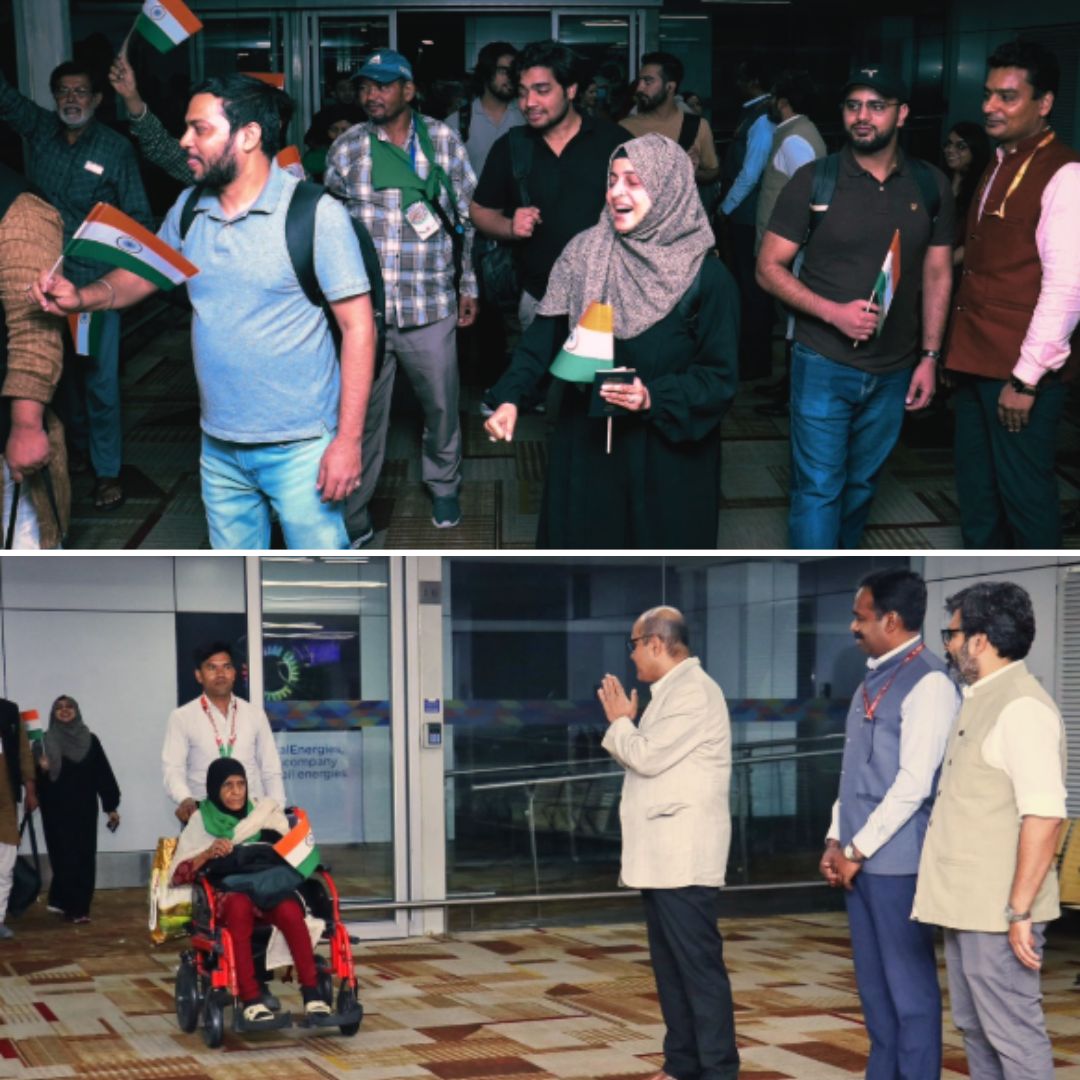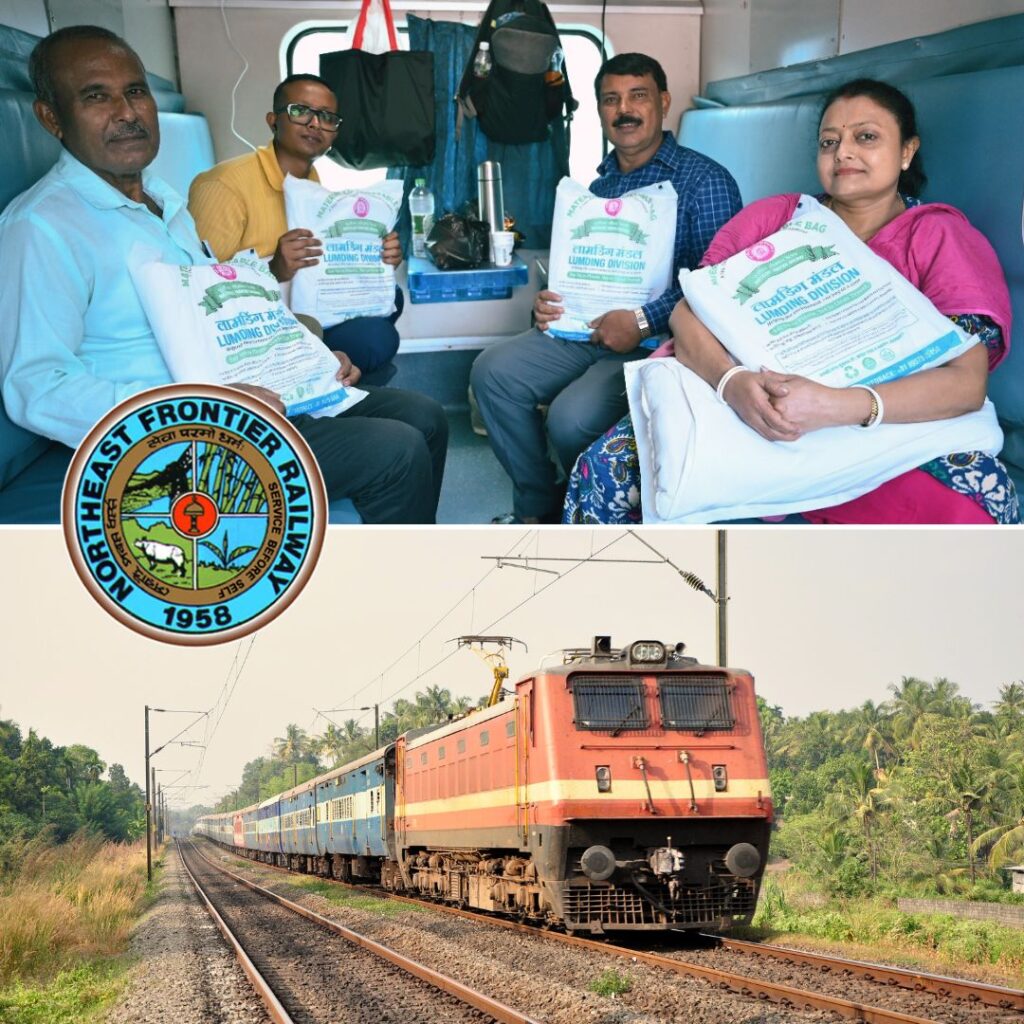In a significant humanitarian effort, India has successfully evacuated 517 of its nationals from conflict-ridden Iran under Operation Sindhu, a mission launched in response to escalating hostilities between Iran and Israel.
The latest batch of 290 evacuees landed safely in Delhi late Friday night, while another group arrived early Saturday via a special flight from Ashgabat, Turkmenistan. The first batch of 110 students had arrived via Armenia earlier in the week, and additional flights are scheduled in the coming days, with around 1,000 more Indians expected to be evacuated in the next phase, according to the Ministry of External Affairs.
The evacuees, comprising mainly students from Jammu and Kashmir, religious pilgrims, and professionals, expressed immense relief and gratitude, chanting patriotic slogans upon arrival. Indian officials have assured continued efforts to bring back all stranded Indians amid ongoing diplomatic coordination with Iran and Armenia.
Emotional Homecoming: Voices from the Evacuees
The atmosphere at Indira Gandhi International Airport was charged with emotion as families reunited with their loved ones, many of whom had faced weeks of uncertainty amid the escalating conflict in Iran. Slogans of “Bharat Mata Ki Jai” and “Hindustan Zindabad” resonated through the arrival terminal, reflecting the deep gratitude of the evacuees toward the Indian government.
Tazkiya Fatima, a student from Noida, recounted her ordeal: “There was a looming threat of war, and we were unsure how we would return. The government’s timely intervention and coordination made this possible. I am deeply thankful.”
Another evacuee, Mohammad Ali Qazim, spoke about the challenges faced in Tehran: “The situation was tense and unsafe. The Indian Embassy and government officials helped us cross borders safely and ensured our return.” Officials emphasized that every evacuee was provided with necessary support, including accommodation and medical assistance, during transit.
Operation Sindhu: A Complex Diplomatic and Logistical Endeavour
Operation Sindhu was swiftly initiated on June 18, 2025, following the outbreak of hostilities between Iran and Israel, which jeopardised the safety of thousands of Indian nationals in Iran. The operation involved multi-layered coordination between the Indian Ministry of External Affairs, the Indian Embassy in Tehran, and the governments of Iran and Armenia. Initially, students and other nationals were relocated from Tehran to safer northern cities like Mashhad and then transported by road to Armenia, from where special flights were arranged to Delhi.
Iran’s decision to open its airspace for Indian evacuation flights marked a rare diplomatic gesture amid conflict. Additionally, Armenia played a crucial role by facilitating transit and providing logistical support.
The Ministry of External Affairs has set up a 24×7 Control Room and emergency helplines to assist stranded Indians and coordinate further evacuation efforts. Two more flights are scheduled in the coming days to bring back the remaining citizens, with approximately 1,000 more Indians expected to return soon.
The Logical Indian’s Perspective
Operation Sindhu exemplifies the power of empathy, diplomacy, and decisive action during international crises. It underscores the importance of governments prioritising the safety and dignity of their citizens abroad, especially in volatile regions.
Beyond the operational success, this mission highlights the shared humanity that transcends borders, even amidst geopolitical tensions. The collaboration between India, Iran, and Armenia demonstrates that dialogue and cooperation are vital tools for peace and rescue.
As we celebrate the safe return of our compatriots, The Logical Indian urges readers to reflect on the broader lessons of compassion and coexistence. How can we, as a society, strengthen support networks for individuals caught in conflict zones and promote a culture of peace that prevents such crises?
#OperationSindhu flight brings citizens home.
— Randhir Jaiswal (@MEAIndia) June 20, 2025
🇮🇳 evacuated 290 Indian nationals from Iran, including students and religious pilgrims by a charter flight. The flight arrived in New Delhi at 2330 hrs on 20 June and was received by Secretary (CPV& OIA) Arun Chatterjee.
Government… pic.twitter.com/ZORq0aeza5









